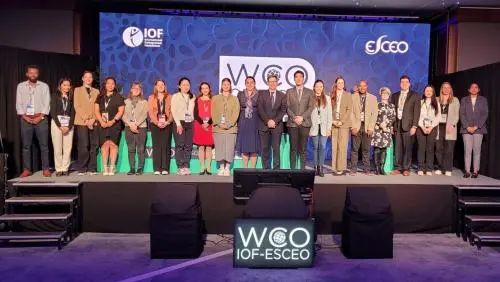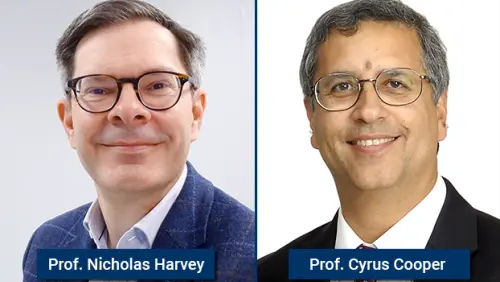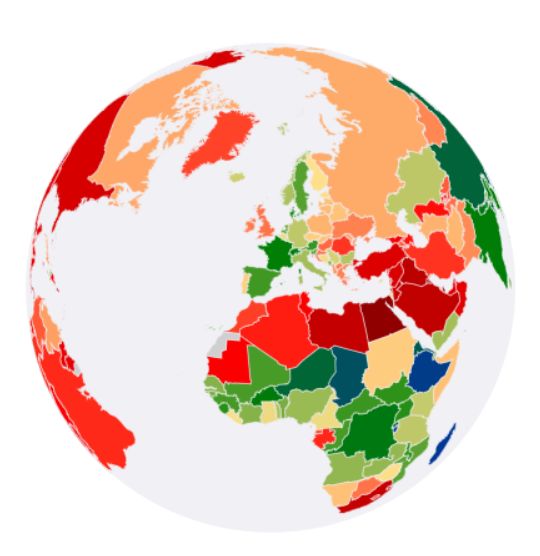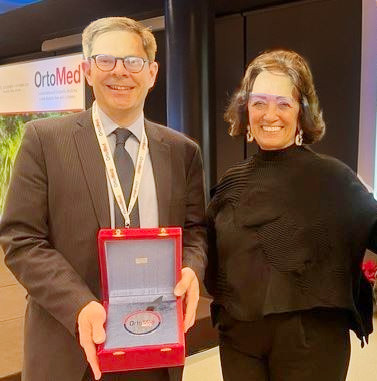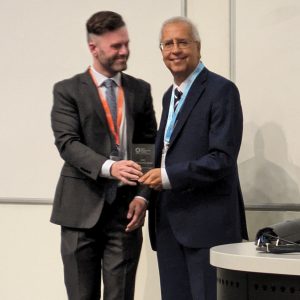[vc_row][vc_column][vc_column_text]Research published recently in the journal Osteoporosis International, and led by scientists at the Medical Research Council Lifecourse Epidemiology Unit (MRC LEU), University of Southampton, demonstrates that higher income and being married reduced the risk of experiencing a broken bone in older age.[/vc_column_text][vc_column_text]In a study of 189, 838 patients who had broken bones, compared with 189,838 patients who had not experienced a broken bone, drawn from the Danish population, researchers at the Universities of Southampton, Oxford, Bristol, Aalborg and Southern Denmark, investigated whether differences in socioeconomic status, represented by income and marital status, were associated with fracture risk. They found that higher income was associated with lower chances of experiencing a fracture of the hip, upper arm and wrist compared with average income, and that married subjects had under half the likelihood of sustaining a fracture at one of these sites compared with those who were single.[/vc_column_text][vc_column_text]Professor Nicholas Harvey, Professor of Rheumatology and Clinical Epidemiology at the MRC Lifecourse Epidemiology Unit, University of Southampton, and who led the study, commented, “There are over 500,000 broken bones due to osteoporosis (thinning of the bones) annually in the UK at a cost of £4.4 billion and with an immense impact on health and survival. Given that we are in a period of increasing social inequality, our findings of differences in fracture risk by income and marital status provide further impetus for the need to ensure adequate provision of healthcare across all social strata, and to address the factors underlying these disparities.”[/vc_column_text][vc_column_text]Professor Cyrus Cooper, Director of the MRC Lifecourse Epidemiology Unit, University of Southampton, and Professor of Rheumatology, added “This work forms part of a larger programme of investigations into influences, across the whole of the lifecourse, on the risk of osteoporotic fracture and other musculoskeletal conditions such as osteoarthritis and sarcopenia, and demonstrates the huge value of UK collaboration with international partners in the use of these large datasets.” [/vc_column_text][/vc_column][/vc_row][vc_row][vc_column][vc_column_text]Notes
1. The Medical Research Council is at the forefront of scientific discovery to improve human health. Founded in 1913 to tackle tuberculosis, the MRC now invests taxpayers’ money in some of the best medical research in the world across every area of health. Thirty-two MRC-funded researchers have won Nobel prizes in a wide range of disciplines, and MRC scientists have been behind such diverse discoveries as vitamins, the structure of DNA and the link between smoking and cancer, as well as achievements such as pioneering the use of randomised controlled trials, the invention of MRI scanning, and the development of a group of antibodies used in the making of some of the most successful drugs ever developed. Today, MRC-funded scientists tackle some of the greatest health problems facing humanity in the 21st century, from the rising tide of chronic diseases associated with ageing to the threats posed by rapidly mutating micro-organisms. www.mrc.ac.uk
2. The University of Southampton drives original thinking, turns knowledge into action and impact, and creates solutions to the world’s challenges. We are among the top one per cent of institutions globally. Our academics are leaders in their fields, forging links with high-profile international businesses and organisations, and inspiring a 24,000-strong community of exceptional students, from over 135 countries worldwide. Through our high-quality education, the University helps students on a journey of discovery to realise their potential and join our global network of over 200,000 alumni. www.southampton.ac.uk[/vc_column_text][/vc_column][/vc_row]

